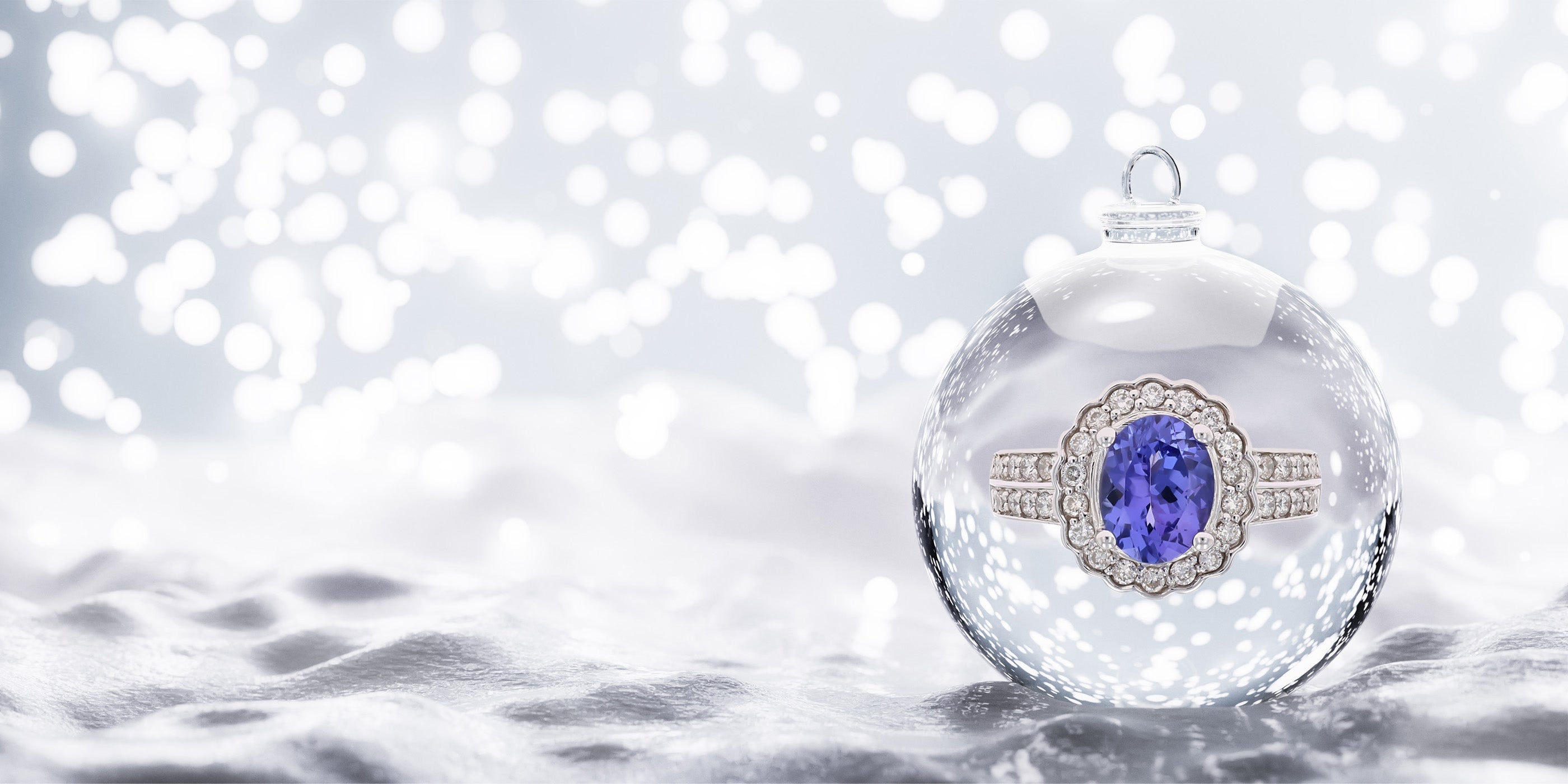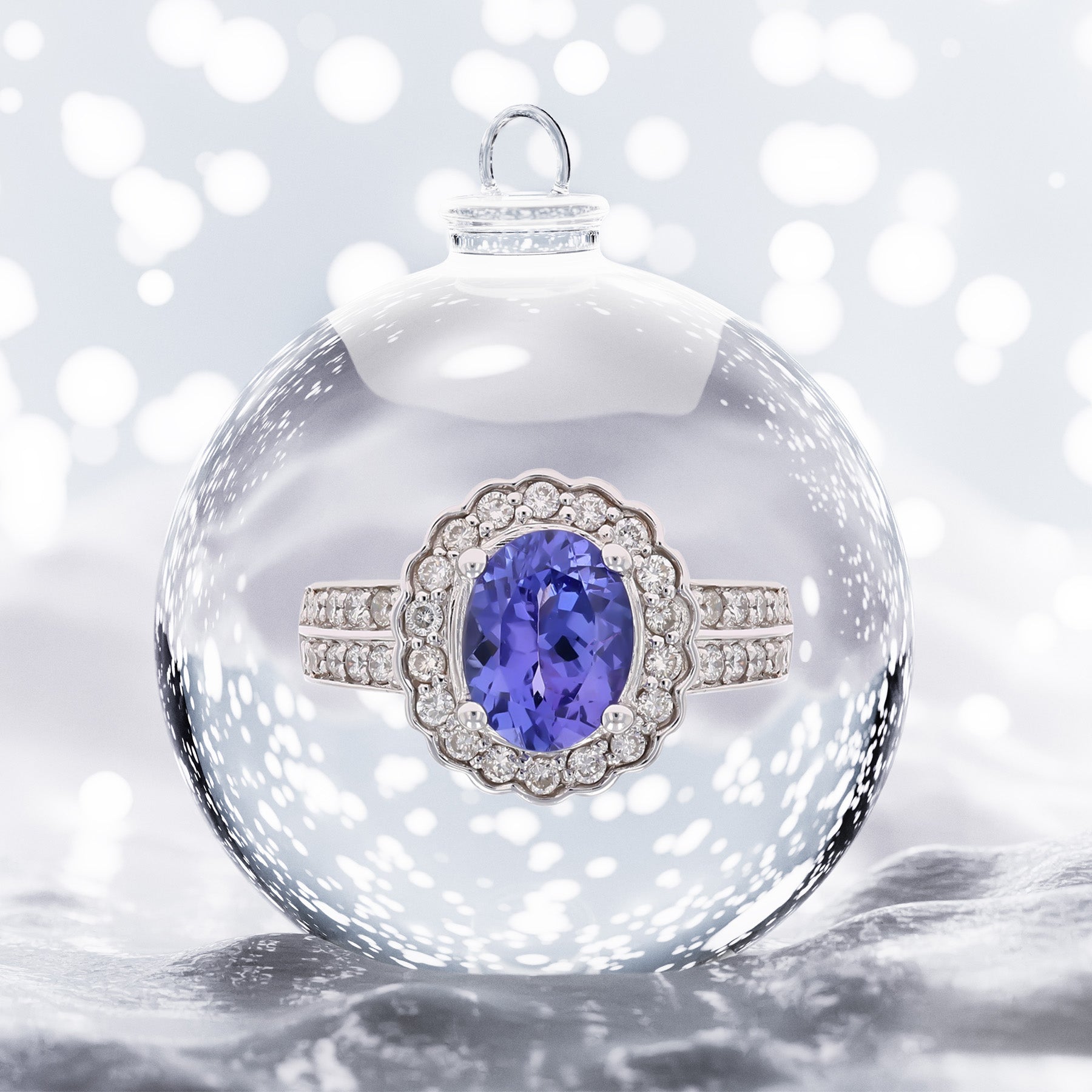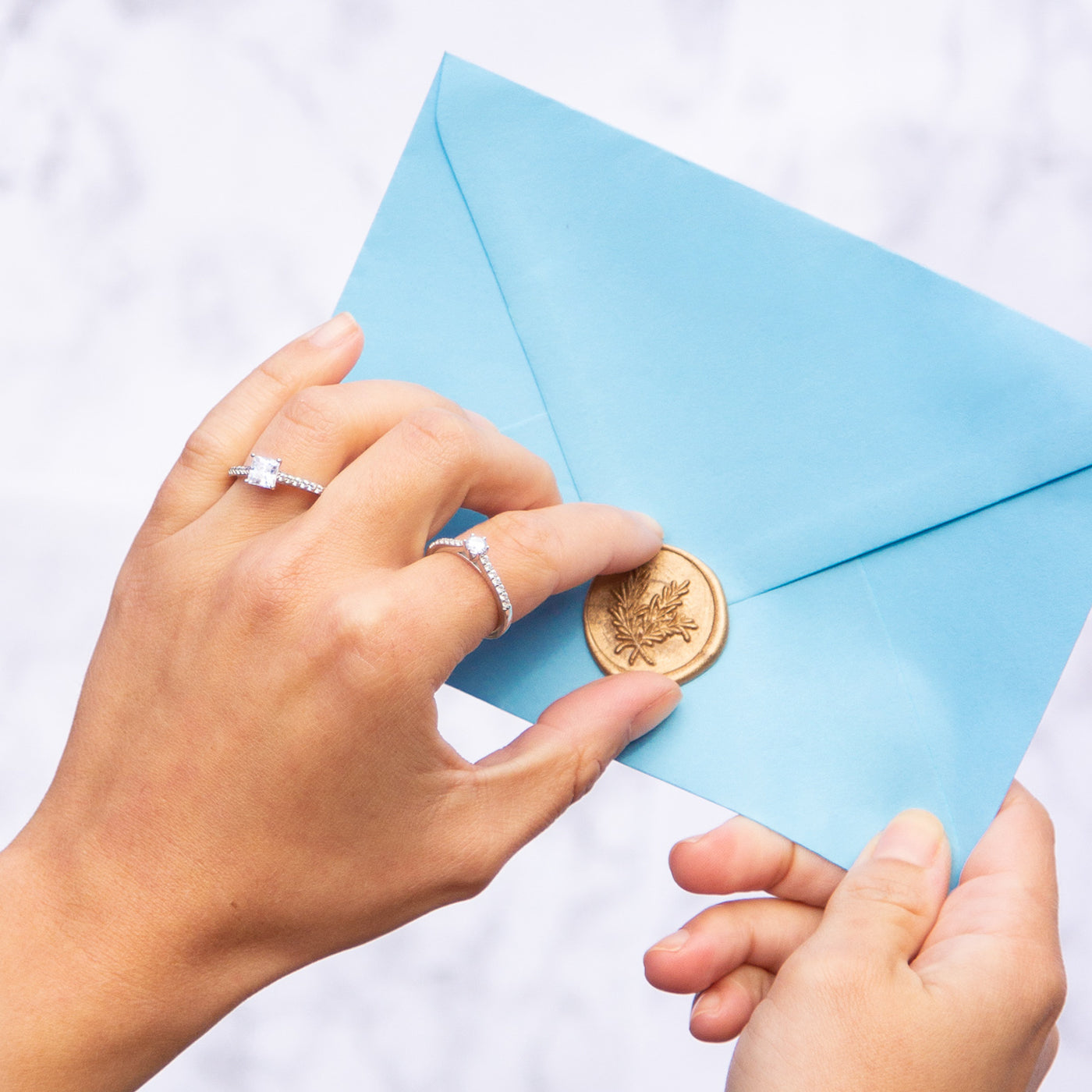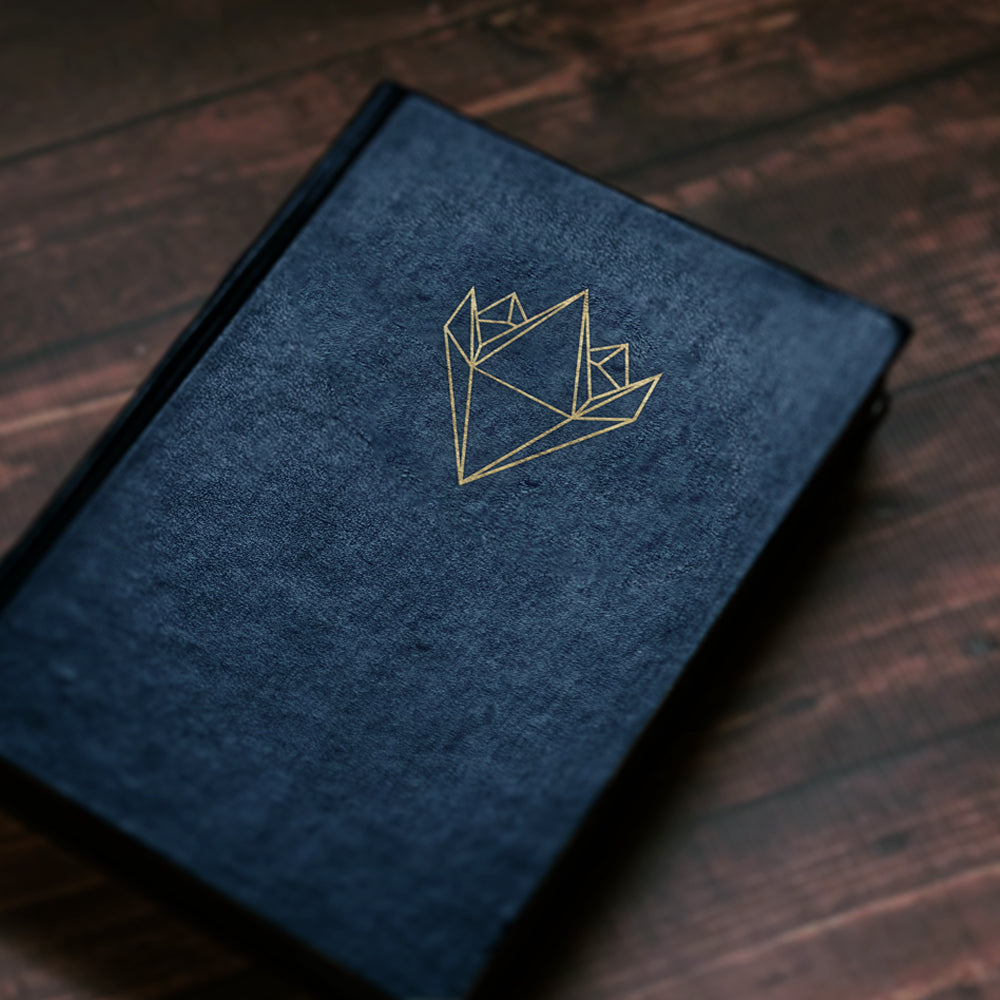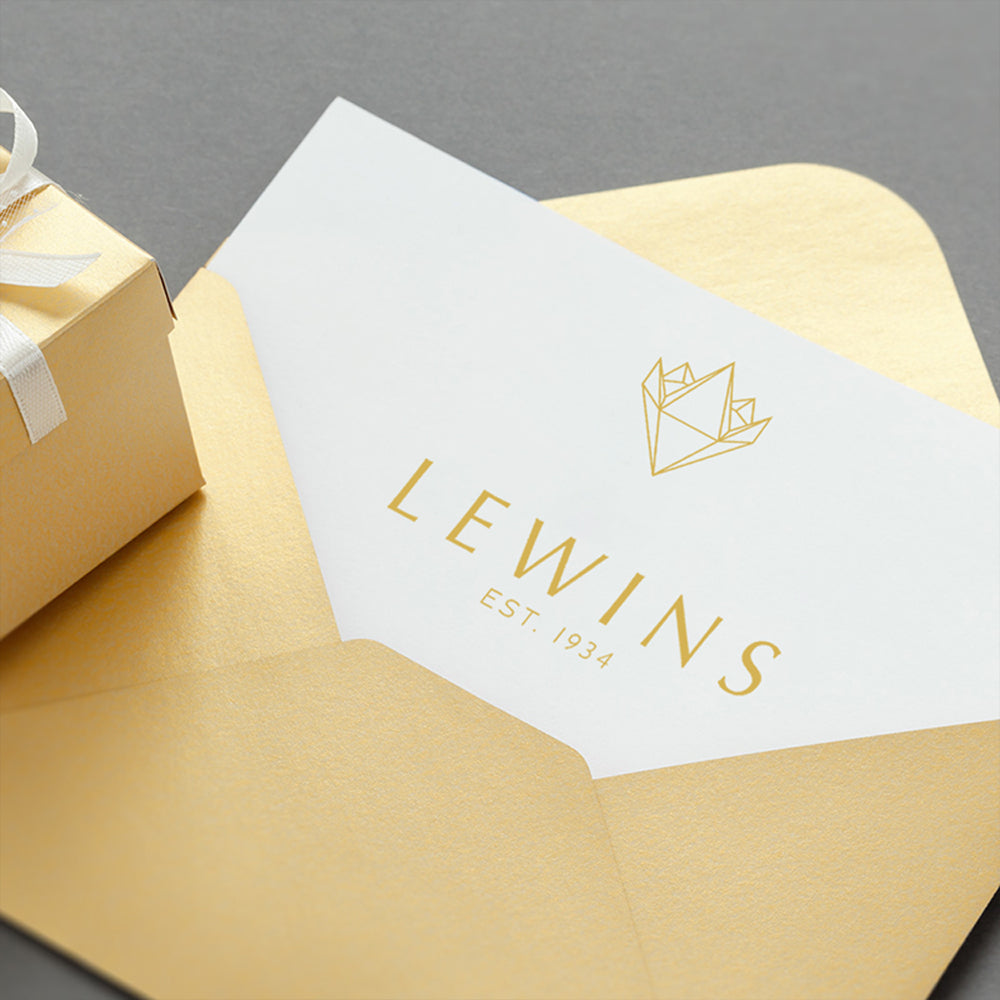Gem Lore:
Ruby - derives from the Latin word ‘ruber’, which simply translate to ‘red’. Ruby, possesses a variation of subtle overtones: from rosey pinks to golden browns, that glimmer against its famed scarlet red body colour. Early cultures thought the stone resembled the colour of blood, leading to the belief that rubies symbolised life. This gemstone was worn by many ancient warriors, on their shields or armour to provide protection. Today, the richness of ruby imbues passion, love and success.
Diamond - derives from the Greek word ‘adamas’, which translates to ‘invincible’. Today, the meaning somewhat refers, to the gemstones excellent hardness (ranking 10 on Mohs' scale), hence diamonds are highly resistant to be scratched or abraded by another material, other than diamonds itself. Moreover, diamonds possess the magical phenomenon of fire, which relies on the facetted gemstones ability to disperse (split) light, into a rainbow of colours.
The ancient Egyptians thought diamonds symbolised life, and the Pharaohs were known to place the gemstone in the centre of an ankh cross. Whereas, the ancient Greeks believed diamonds to be the tears of the gods or broken splinters from fallen stars. Alternatively, in ancient Roman literature it is noted that Cupids arrows were ‘diamond tipped’, maybe one of the first references that associates the gemstone with love.
Pearls - the gemstone of the sea, dates back to the 5th Century BC whereby, ancient Romans and Egyptians would use the gemstone for adornment. In Greek mythology, it has been said that pearls were the tears of joy, shed from the Goddess Aphrodite. The gemstone was famously crushed by Cleopatra in a glass of wine, to prove to Marc Antony, that she could serve the most expensive dinner in history. Currently, pearls are thought to symbolise wisdom and serenity.
Jewellery Care Precautions:
Avoid direct contact with: perfume, lotions, skincare, hairspray / other chemicals. Remove, your jewellery: when showering, swimming (as both chlorine and saltwater will react with metals), washing your hands / using hand sanitisers, before going to bed or when participating in physical activities (going to the gym, exercising, gardening, housework etc….).
Beware, metals may tarnish over time due to oxygen contact and natural body oils. Prevent items from being exposed to moisture and direct sunlight, for long periods. Store jewellery in a dry place away from humidity, in a pouch/jewellery box and keep each piece separated from each other. Care, for your jewellery by cleaning with a soft dry cloth.
Yellow Gold:
Gold as an element, in its purest form will not tarnish, but gold used in jewellery has been alloyed with other metals, to increase durability. These metals have properties that when in contact with oxygen, chemicals, oils or other substances - will result in a surface tarnish or damage and corrosion. Even the pH level of you skin and the natural oils it produces, can tarnish your gold jewellery.
To prevent your gold jewellery from tarnishing or even disintegrating, avoid exposure to household chemicals, bleaches, toothpaste, baking soda and other cleaning abrasives. Wearing jewellery in places where perfumes, hairsprays, body lotions have been applied on your body, will increase tarnishing. Wear your jewellery after the products have been applied. To clean your gold jewellery, use a mild soap with warm water and dry with a soft cloth. For professional cleaning, our workshop can polish your jewellery back to life.
Ruby, Corundum:
Hardness: 9 | Toughness: Excellent | Stability: Very Good
Low Caution: A very durable gemstone, generally it is safe to use in; Jewellery Cleaners (dips, ultrasonic and steam cleaners).
Gemmological Observation: Corundums are a very durable gemstone. However, if lead-glass filled or heavily fractured, you will need to avoid: Chemicals (acid, detergents), Direct Heat, Jewellery Cleaners (ultrasonic, steam cleaners).
Diamond:
Hardness: 10 | Toughness: Good | Stability: Excellent
Low Caution: A very durable gemstone, generally it is safe to use in; Jewellery Cleaners (Dips, Ultrasonic, Steam Cleaners).
Gemmological Observation: Diamonds have excellent hardness, this means only a diamond can scratch/abrade another diamond. To avoid scratches, store your diamond set jewellery separately. Diamonds only have good toughness, as they possess perfect cleavage. This means that if knocked in the wrong direction, the diamond can cleave/fracture. Whilst wearing, you will need to avoid: Sudden Impact (sharp knocks). If the diamond is heavily fractured, you will need to avoid using: Jewellery Cleaners (ultrasonic, steam cleaners).
Pearl:
Hardness: 3.5-4 | Toughness: Fair | Stability: Poor
Extreme Caution, Avoid: Sudden Impact (pressure, knocks), Cosmetics (hair sprays, lotions, perfumes, make-up), Chemicals (acids, detergents, solvents, nail polish remover), Heat, Extreme Temperature Change (thermal shock), Porosity, Jewellery Cleaners (dip, ultrasonic, steam cleaners).
Gemmological Observation: Clean using water and cotton wool, dry with a soft cloth. If strung, lay flat to dry to avoid stretching the thread. Regular, careful cleaning and restringing is advisable. Pearls may be damaged by: household cleaners, mild acids such as the natural acid secretion from the wearers skin, exposure to mild heat will cause dehydration - which will lead to cracking and powdering of the surface. Nacre can be scratched easily, avoid wearing whilst doing any activity which can cause abrasion. Avoid dry/hot storage conditions. Do not soak in jewellery cleaners.
Remember, when dressing or undressing, pearls should be last on and first off.
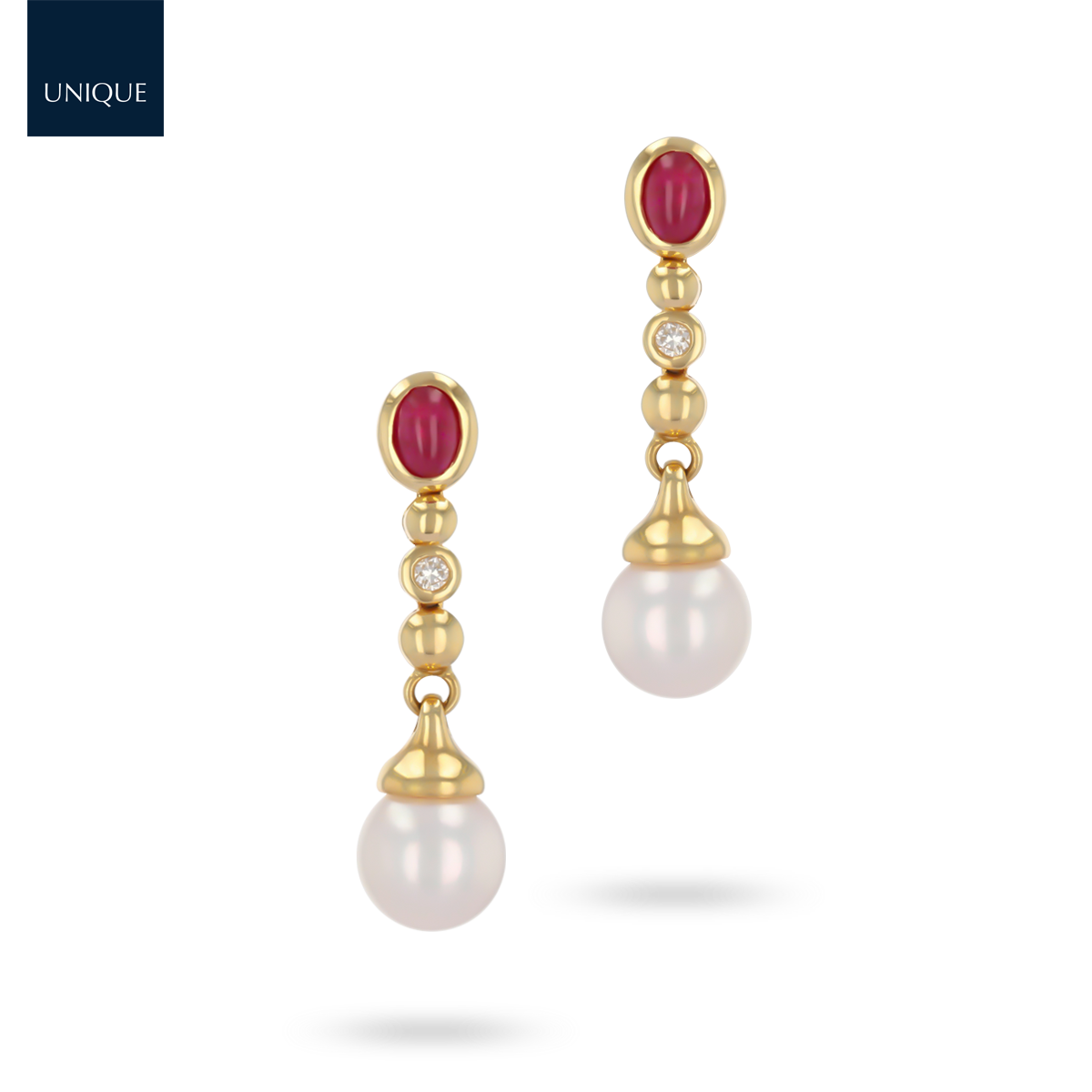
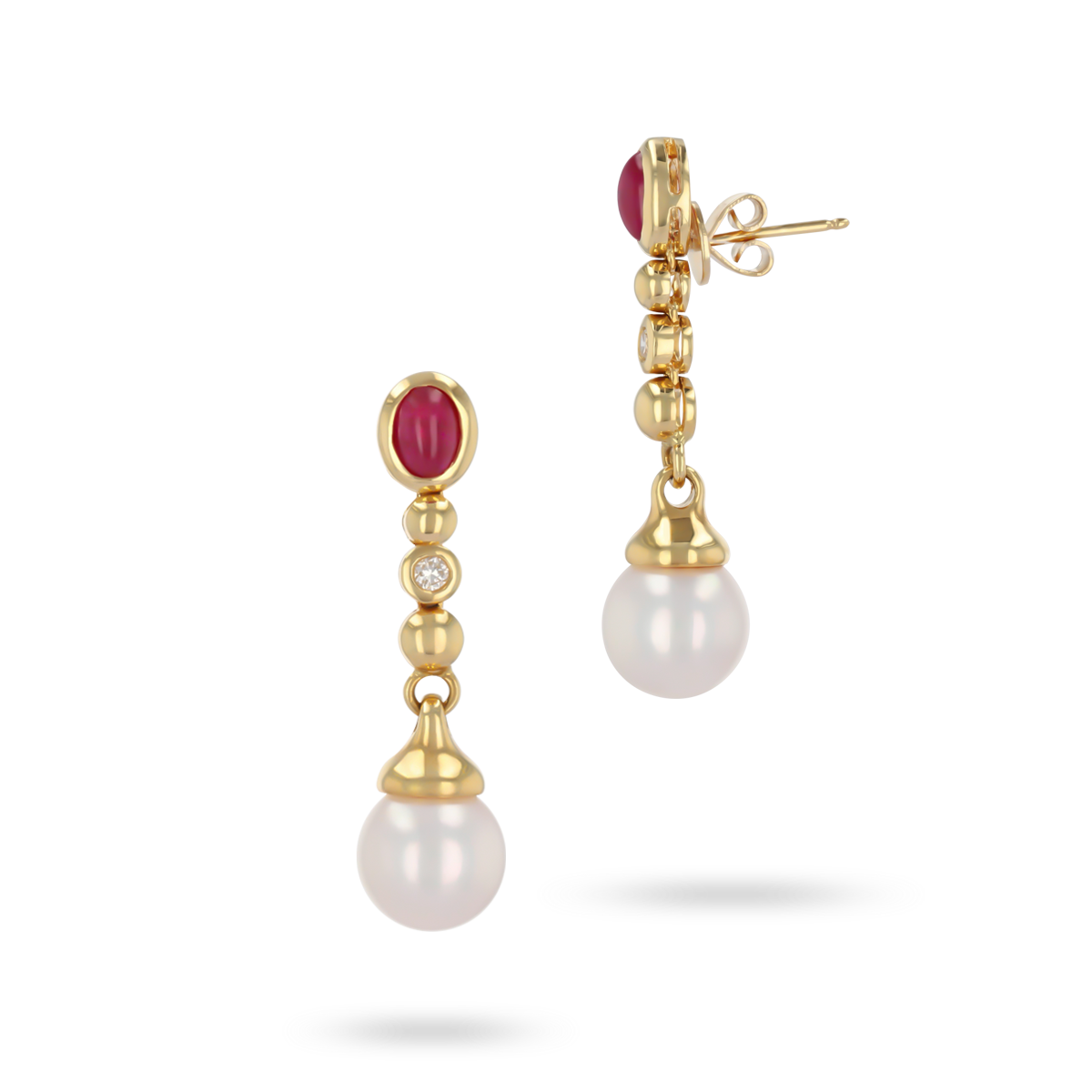


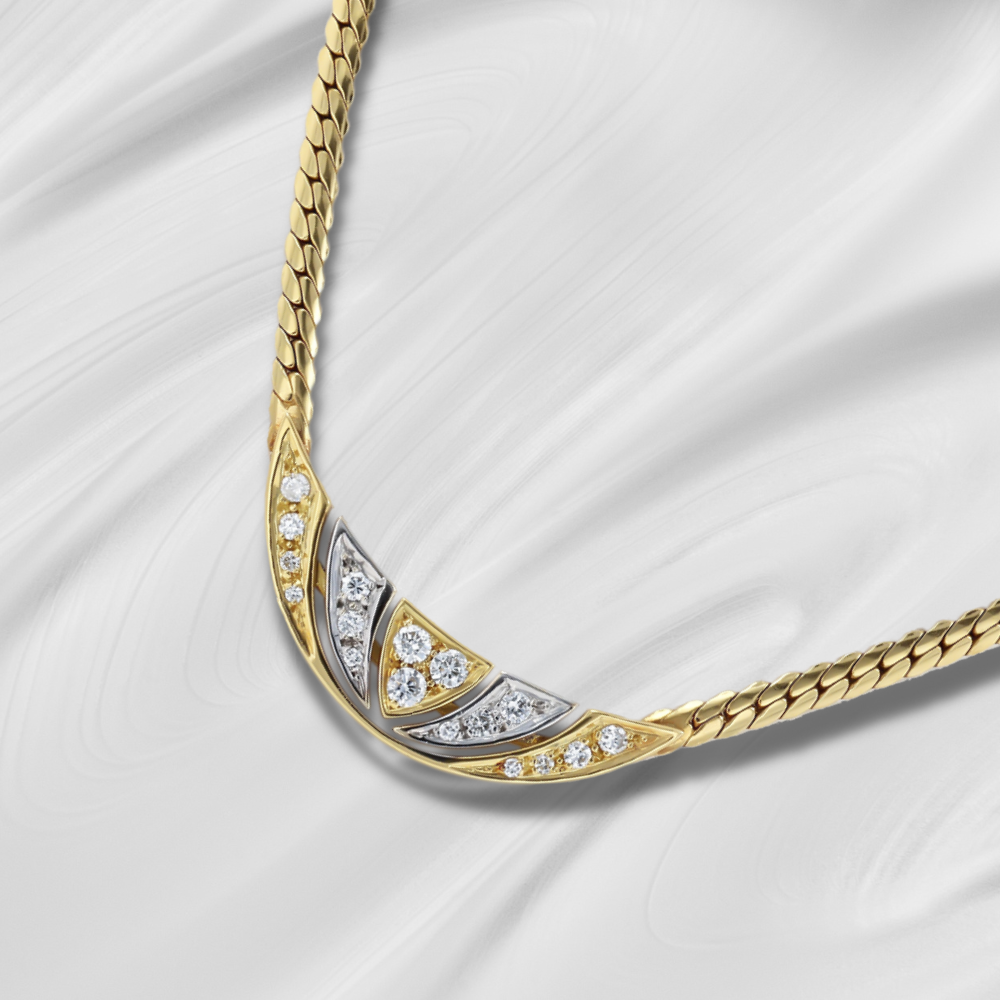
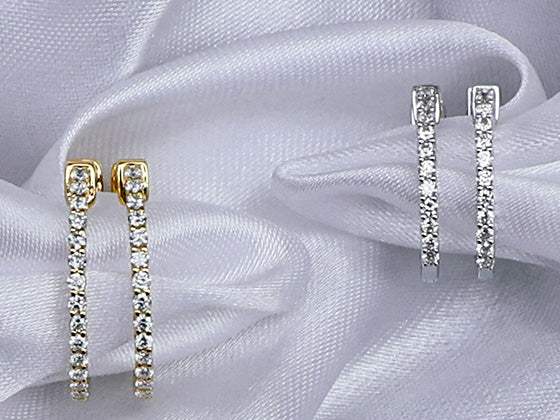
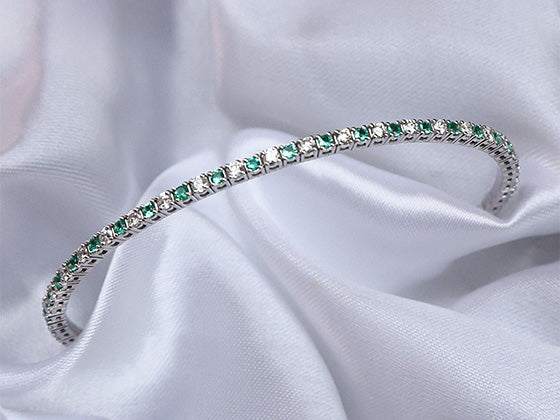

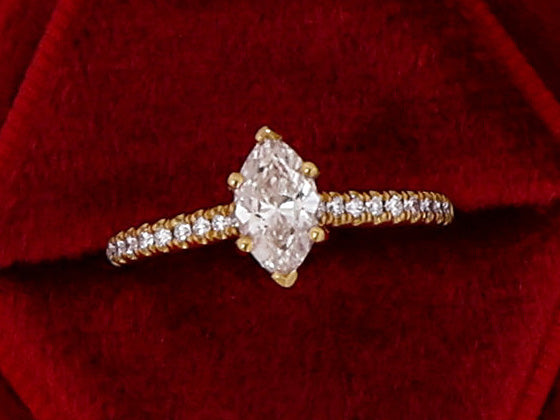
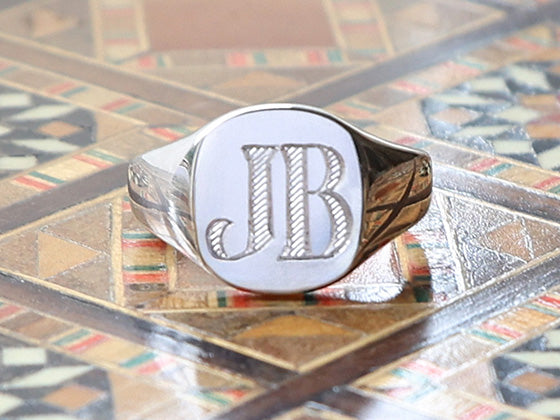
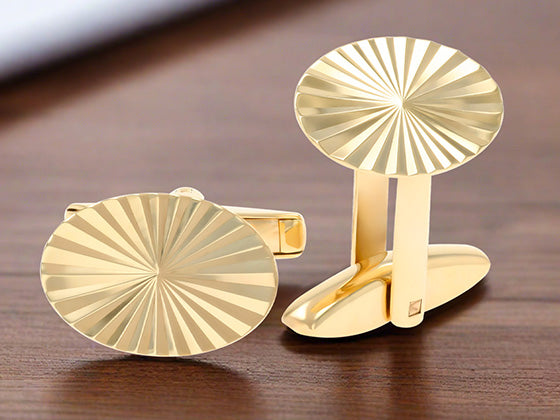
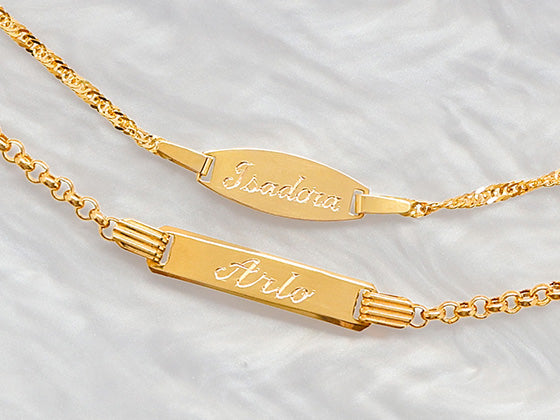
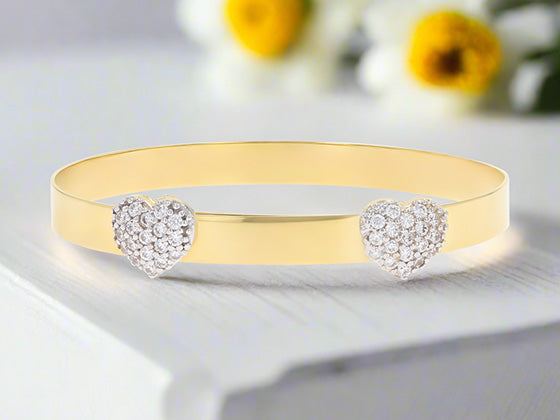
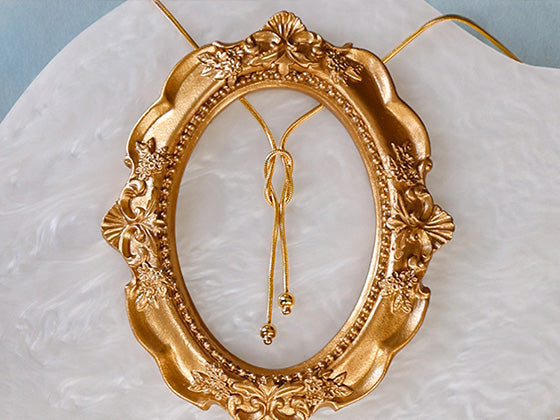
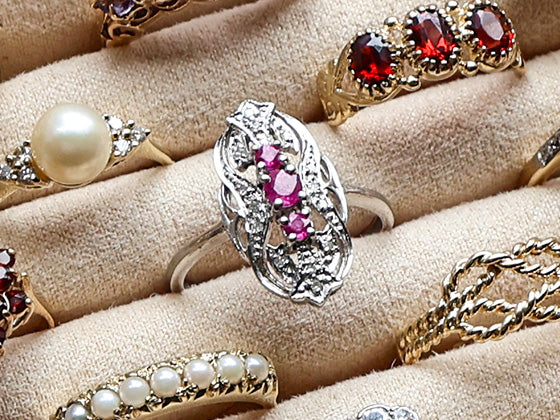
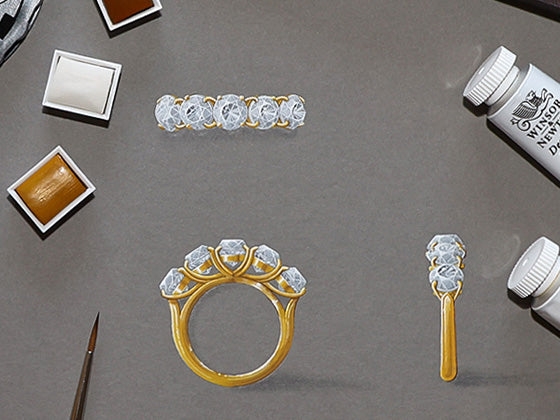
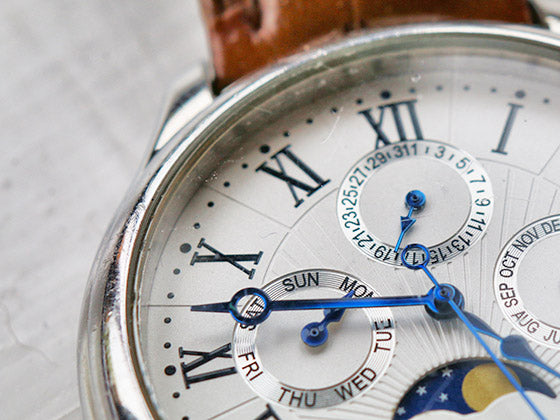
 Contact Us
Contact Us



